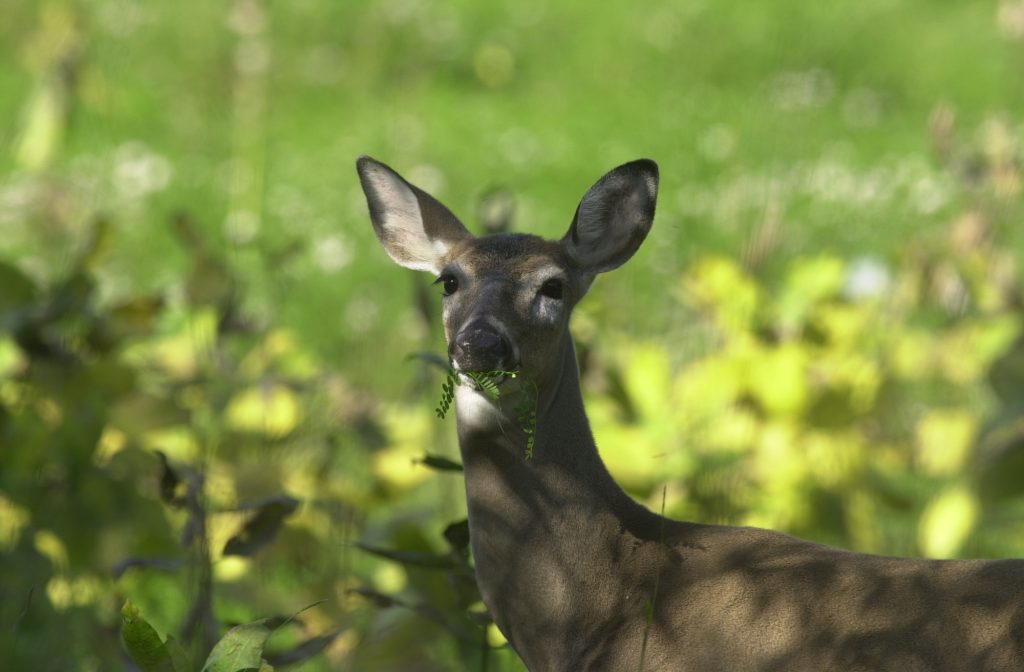Hunters view parts of a deer that are normally not seen…that being the inside.
If you are like me, the inside of a deer is just as fascinating as the outside even after all the parts have stopped working. The heart, lungs, liver, lymph nodes, “stomachs”, spleen – all in a beautiful, elegant, brown-eyed package.
It’s not these “normal” structures that raise an eyebrow. Most hunters complete the task of field dressing quickly and efficiently, not stopping to take inventory. I mean, really, who wants to spend more time elbow deep in guts than you have to?
That is unless something bright and colorful catches your eye (or if it moves – that definitely catches your eye and we all know the story of nasal bots now). Yellow is always a bright, cheerful, eye-catching color. But I’m not sure the hunter who skinned this deer was conjuring up images of daffodils and sunny days.

Yes, I believe this would give me pause as well. But no worries. Remember, you are what you eat. This holds true for deer as well.
Xanthophylls are the typical yellow pigments of leaves while carotenes are violet to red-yellow to yellow pigments. Both are fat soluble.
For milk fat and body fat to be yellow, carotenes must be present in a mammal’s diet. For poultry fat to be yellow, xanthophylls must be present in the diet as carotenes will not produce this result in birds. It is the level of these compounds in the diet that dictate how yellow the fat may be.
While there may be other causes of yellow fat (end-stage liver failure would do it too), they are not common and the most likely cause of this deer’s sunny interior is a diet high in carotenes.
-Jeannine Fleegle, biologist
PGC Deer and Elk Section
If you would like to receive email alerts of new blog posts, subscribe here.
And Follow us on Twitter @WTDresearch

